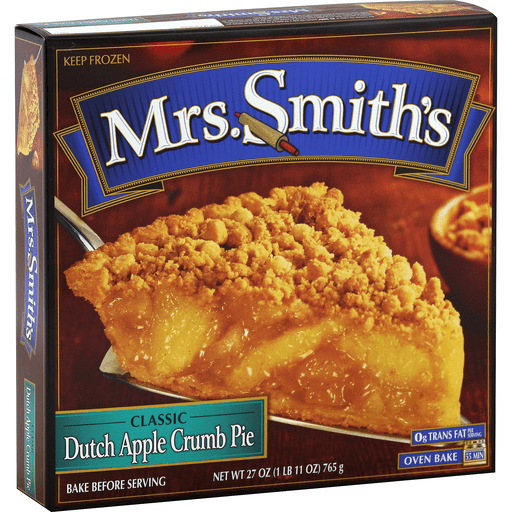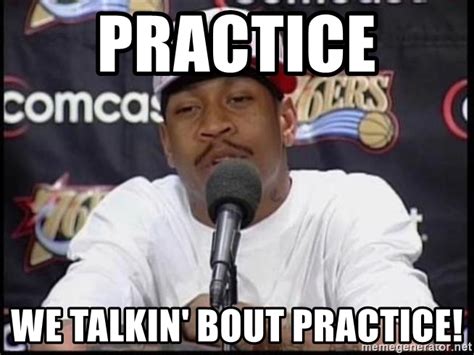Activity: Identifying Potential Threats to Internal Validity Using MRS SMITH
To help students remember potential sources of threats to internal validity, I use the acronym “MRS SMITH.” This resource provides a handout describing these threats as well as an activity where students need to identify these possible threats. Click here for a link to the activity.
Activity: Identifying Potential Threats to Internal Validity Using MRS SMITH Read More »






